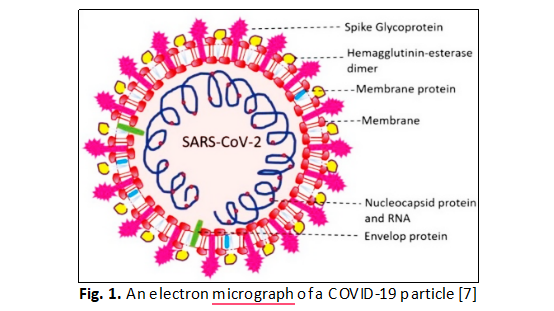How Different Ventilation System’s Designs Affected Their Applications in Healthcare Facilities: A Comprehensive Review
DOI:
https://doi.org/10.37934/araset.57.3.99121Keywords:
Ventilation strategies, healthcare facilities , airborne virus infection, COVID-19Abstract
Effective indoor ventilation systems are crucial in reducing airborne viruses in healthcare facilities which include significant sections such as OR, isolation room and emergency department. Infection control through indoor ventilation system can be done by manipulating the concentration of infectious particles to reduce airborne infections. This review article highlighted different types of indoor ventilation strategies including mechanical ventilation system, natural ventilation system and hybrid ventilation system that have been integrated into different healthcare facilities. The overview, advantages, and limitations of each strategy were discussed in detail. The utilization of mechanical was deemed more suitable for better air quality control, while a vertical (ceiling-mounted) airflow ventilation system was found to promote higher air cleanliness in the desired zone in healthcare facilities. However, many ventilation systems face limitations when attempting to maintain both thermal comfort, indoor air quality, and energy efficiency simultaneously. The findings of this review are useful for the researchers who design appropriate ventilation strategies in healthcare facilities to ensure good indoor air quality meanwhile reduce the risk of disease dissemination.
Downloads

Downloads
Published
2024-10-08
How to Cite
Mohd Saupi, S. B. . ., Tan, H. . ., Rahim, R. A. ., Lubis, A. . ., Vui Sheng, D. D. C. . ., Lau, A. . ., … Wong, K. Y. (2024). How Different Ventilation System’s Designs Affected Their Applications in Healthcare Facilities: A Comprehensive Review. Journal of Advanced Research in Applied Sciences and Engineering Technology, 57(3), 99–121. https://doi.org/10.37934/araset.57.3.99121
Issue
Section
Articles




























